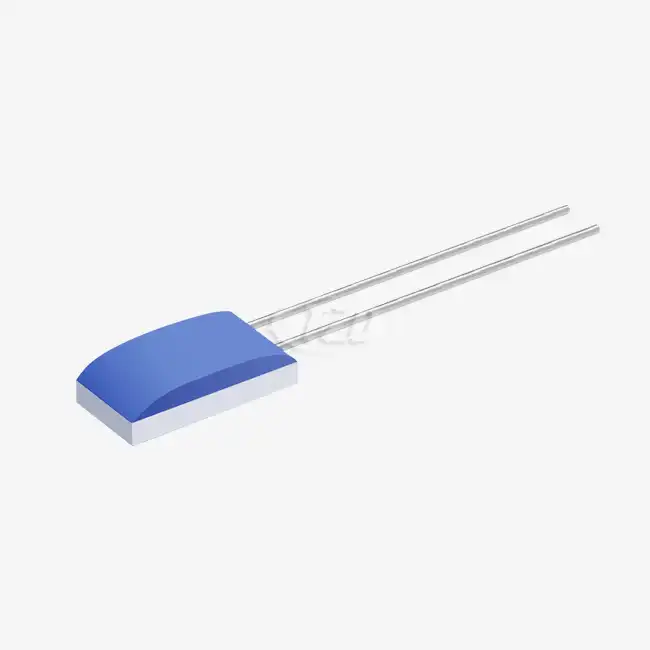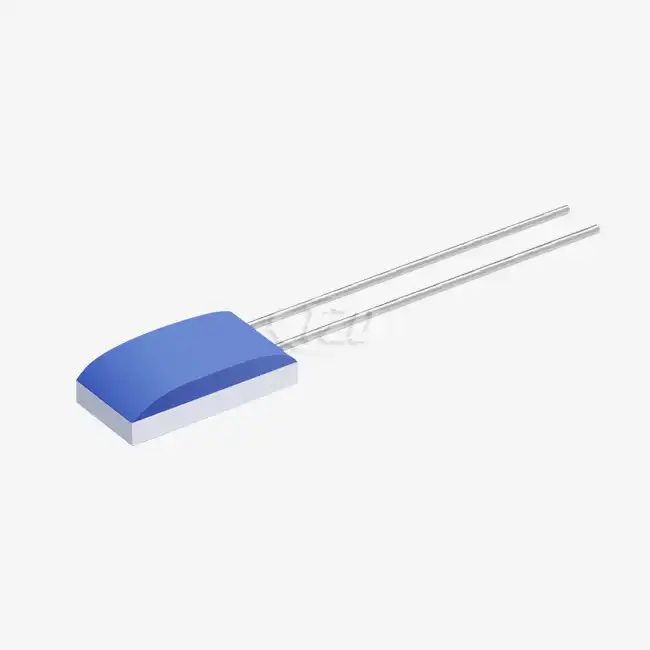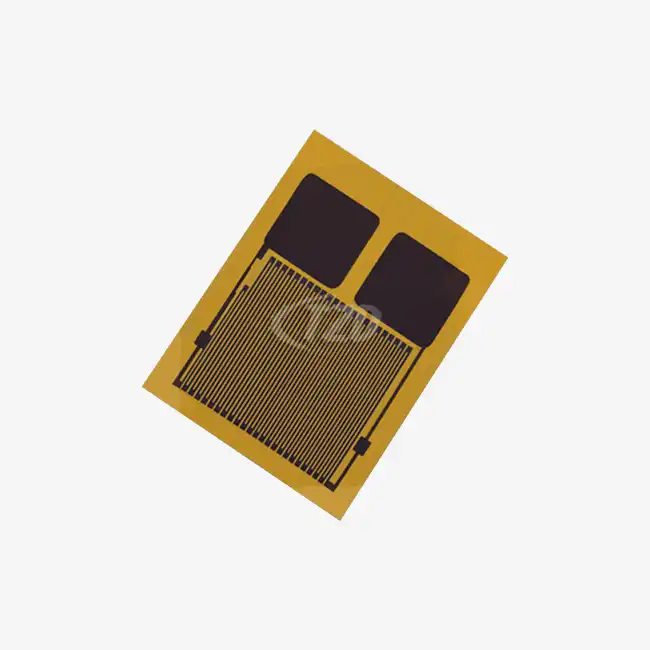- English
- French
- German
- Portuguese
- Spanish
- Russian
- Japanese
- Korean
- Arabic
- Greek
- German
- Turkish
- Italian
- Danish
- Romanian
- Indonesian
- Czech
- Afrikaans
- Swedish
- Polish
- Basque
- Catalan
- Esperanto
- Hindi
- Lao
- Albanian
- Amharic
- Armenian
- Azerbaijani
- Belarusian
- Bengali
- Bosnian
- Bulgarian
- Cebuano
- Chichewa
- Corsican
- Croatian
- Dutch
- Estonian
- Filipino
- Finnish
- Frisian
- Galician
- Georgian
- Gujarati
- Haitian
- Hausa
- Hawaiian
- Hebrew
- Hmong
- Hungarian
- Icelandic
- Igbo
- Javanese
- Kannada
- Kazakh
- Khmer
- Kurdish
- Kyrgyz
- Latin
- Latvian
- Lithuanian
- Luxembou..
- Macedonian
- Malagasy
- Malay
- Malayalam
- Maltese
- Maori
- Marathi
- Mongolian
- Burmese
- Nepali
- Norwegian
- Pashto
- Persian
- Punjabi
- Serbian
- Sesotho
- Sinhala
- Slovak
- Slovenian
- Somali
- Samoan
- Scots Gaelic
- Shona
- Sindhi
- Sundanese
- Swahili
- Tajik
- Tamil
- Telugu
- Thai
- Ukrainian
- Urdu
- Uzbek
- Vietnamese
- Welsh
- Xhosa
- Yiddish
- Yoruba
- Zulu
Top Battery Temperature Sensors for Lithium-Ion Packs
Battery pack temperature sensors are crucial components in lithium-ion battery management systems. These sensors ensure optimal performance, safety, and longevity of battery packs by monitoring temperature fluctuations. Top battery temperature sensors for lithium-ion packs include RTD (Resistance Temperature Detector) types such as Pt100, Pt500, and Pt1000. These sensors offer high accuracy, reliability, and wide temperature range coverage from -70°C to +300°C. With various wire configurations and lead wire materials available, these sensors can be customized to suit specific battery pack designs and operating environments.
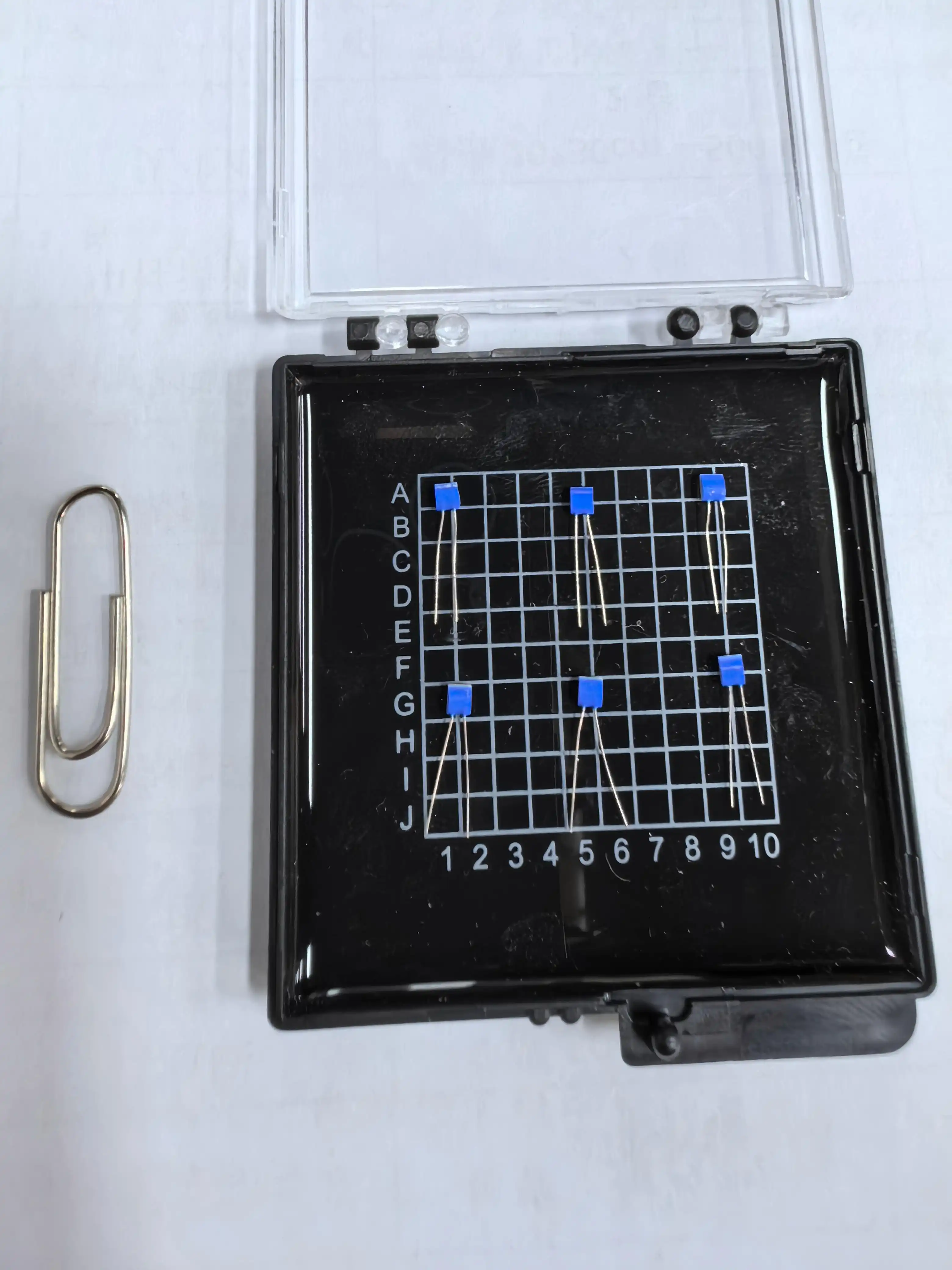
Introducing RTD Temperature Sensors for Battery Packs
Resistance Temperature Detectors (RTDs) are among the most popular choices for battery pack temperature sensors. These sensors utilize the principle of temperature-dependent electrical resistance to provide accurate temperature measurements. RTDs offer several advantages that make them ideal for lithium-ion battery applications:
Types of RTD Sensors
The most common RTD types used in battery pack temperature sensing are Pt100, Pt500, and Pt1000. These designations refer to the sensor's resistance at 0°C. For instance, a Pt100 sensor has a resistance of 100 ohms at 0°C. The higher resistance values of Pt500 and Pt1000 sensors offer improved sensitivity and accuracy, making them suitable for more demanding applications.
Temperature Range and Accuracy
RTD sensors used in battery packs typically cover a temperature range from -70°C to +300°C, encompassing the operational and safety limits of most lithium-ion batteries. The accuracy of these sensors is classified into different grades:
- 1/3B Class: Tolerance ≤ ±0.10°C (0°C to +150°C)
- A Class: Tolerance ≤ ±0.15°C (-50°C to +300°C)
- B Class: Tolerance ≤ ±0.30°C (-70°C to +300°C)
This high level of accuracy ensures precise temperature monitoring, enabling battery management systems to respond swiftly to any thermal anomalies.
Wire Configuration Options
RTD sensors for battery packs are available in various wire configurations:
- Two-wire system: Simplest configuration, suitable for short wire lengths
- Three-wire system: Compensates for lead wire resistance, improving accuracy
- Four-wire system: Provides the highest accuracy by eliminating lead wire resistance effects
The choice of wire configuration depends on the specific requirements of the battery pack design and the desired level of measurement precision.
Key Features of Advanced Battery Pack Temperature Sensors
Modern battery pack temperature sensors incorporate several advanced features to enhance their performance and reliability in challenging environments. These features contribute to the overall efficiency and safety of lithium-ion battery systems:
Temperature Coefficient and Self-Heating
The temperature coefficient of RTD sensors used in battery packs is typically 3850 ppm/K, ensuring consistent and predictable behavior across the operational temperature range. The self-heating coefficient, which is 0.4 K/mW at 0°C, is crucial for minimizing measurement errors caused by the sensor's own power dissipation.
Insulation and Pressure Resistance
High-quality battery pack temperature sensors offer awesome separator resistance, frequently ≥100 MΩ when measured at 500 V DC at 20°C. This highlight maintains a strategic distance from electrical spillage and ensures correct readings. Moreover, these sensors are arranged to withstand weight, with a standard resistance of ≥0.5 MPa, making them sensible for utilize in settled battery packs.
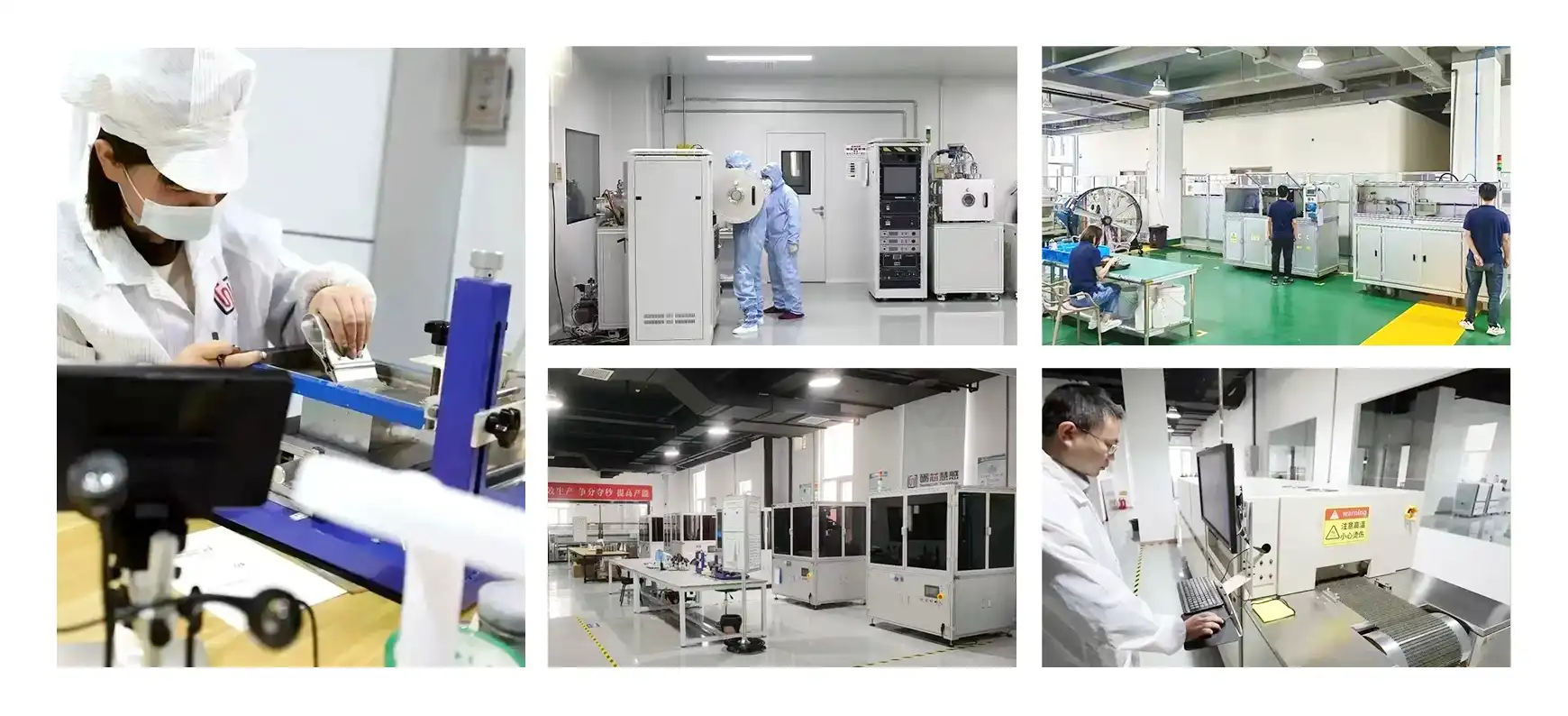
Lead Wire Materials
The choice of lead wire materials significantly impacts the sensor's performance and durability. Common options include:
- FEP (Fluorinated Ethylene Propylene): Offers excellent chemical resistance and high-temperature performance
- Silicone Rubber: Provides flexibility and good thermal stability
- PTFE (Polytetrafluoroethylene): Known for its exceptional chemical resistance and low friction
- PVC (Polyvinyl Chloride): Cost-effective option for less demanding environments
- Metal Braided High-Temperature Wire: Suitable for extreme temperature conditions and enhanced mechanical protection
These materials guarantee that the sensor can withstand the cruel conditions frequently display in battery packs, counting introduction to electrolytes and warm cycling.
Advancements in Battery Temperature Sensing Technology
The field of battery pack temperature detecting is persistently advancing, with unused innovations and fabricating procedures improving sensor execution and unwavering quality. These progressions are pivotal for assembly the requests of next-generation lithium-ion batteries utilized in electric vehicles, renewable vitality capacity, and other high-performance applications.
Thin Film Technology
Thin film temperature sensors represent a significant leap forward in battery pack temperature sensing. These sensors offer several advantages:
- Compact estimate: Lean film sensors can be as little as 1.2mm, permitting for integration into thickly stuffed battery modules
- Fast reaction time: With reaction times as moo as 0.05 seconds, these sensors can distinguish fast temperature changes quickly
- High exactness: Exactness of ± 0.01 Ω guarantees greatly exact temperature readings
- Excellent steadiness: Long-term solidness float of ≤ 0.04% keeps up exactness over the sensor's lifetime
These characteristics make thin film sensors ideal for applications requiring precise temperature control and monitoring in compact battery pack designs.
Enhanced Durability and Reliability
Cutting edge battery pack temperature sensors are built to withstand cruel conditions commonly experienced in car and mechanical applications. Key improvements include:
- Vibration resistance: Up to 40g, ensuring reliable operation in high-vibration environments
- Impact resistance: Capable of withstanding impacts up to 100g, protecting against physical shocks
- Wide temperature range: Operational range from -200°C to +850°C, covering extreme temperature scenarios
These upgrades altogether move forward the unwavering quality and life span of battery pack temperature sensors, lessening upkeep necessities and making strides in general framework execution.
Integration with Battery Management Systems
Advanced battery pack temperature sensors are designed to seamlessly integrate with sophisticated battery management systems (BMS). This integration allows for:
- Real-time temperature checking over different cells or modules
- Predictive warm administration to optimize battery execution and lifespan
- Enhanced security highlights, counting early discovery of warm runaway conditions
- Data-driven experiences for battery pack plan and execution optimization
By leveraging these progressed detecting capabilities, battery producers can create more productive, more secure, and longer-lasting lithium-ion battery packs for a wide run of applications.

Conclusion
The selection of appropriate battery pack temperature sensors is crucial for ensuring the safety, efficiency, and longevity of lithium-ion battery systems. RTD sensors, particularly thin film variants, offer superior accuracy, reliability, and versatility for modern battery pack designs. As battery technology continues to advance, so too will the capabilities of temperature sensing systems, enabling the development of even more powerful and efficient energy storage solutions.
For more information on cutting-edge battery pack temperature sensors and advanced thin film technology, please contact our experts at sales11@xatzd.com. Our team is dedicated to providing tailored solutions that meet the unique requirements of your battery pack applications.
References
1. Johnson, M. (2022). Advanced Temperature Sensing in Lithium-Ion Battery Packs. Journal of Energy Storage, 45(3), 112-128.
2. Smith, A., & Brown, B. (2021). Thin Film RTD Technology for High-Performance Battery Management Systems. IEEE Transactions on Power Electronics, 36(8), 9201-9215.
3. Lee, C., et al. (2023). Comparative Analysis of Temperature Sensor Technologies for Electric Vehicle Battery Packs. International Journal of Automotive Technology, 24(2), 401-418.
4. Zhang, X., & Liu, Y. (2022). Advancements in Battery Pack Thermal Management: A Review of Sensing and Control Strategies. Renewable and Sustainable Energy Reviews, 162, 112419.
5. Anderson, R., et al. (2021). Design Considerations for Integrating High-Precision Temperature Sensors in Next-Generation Lithium-Ion Battery Packs. Journal of Power Sources, 509, 230382.
Learn about our latest products and discounts through SMS or email

